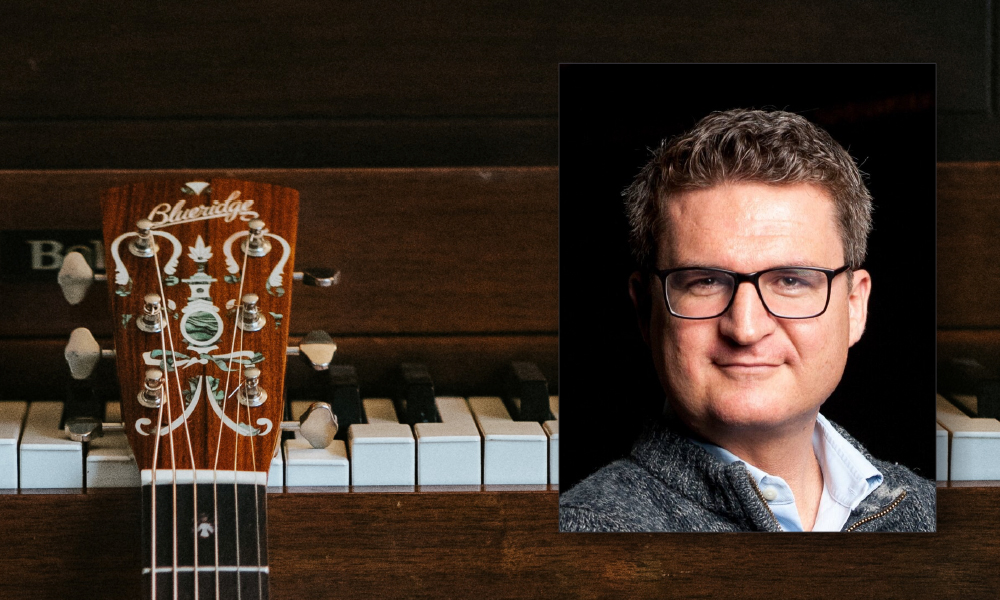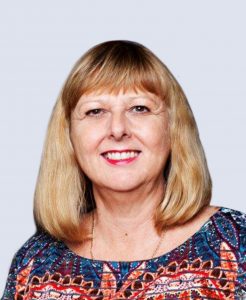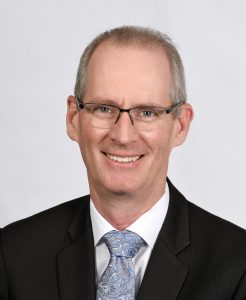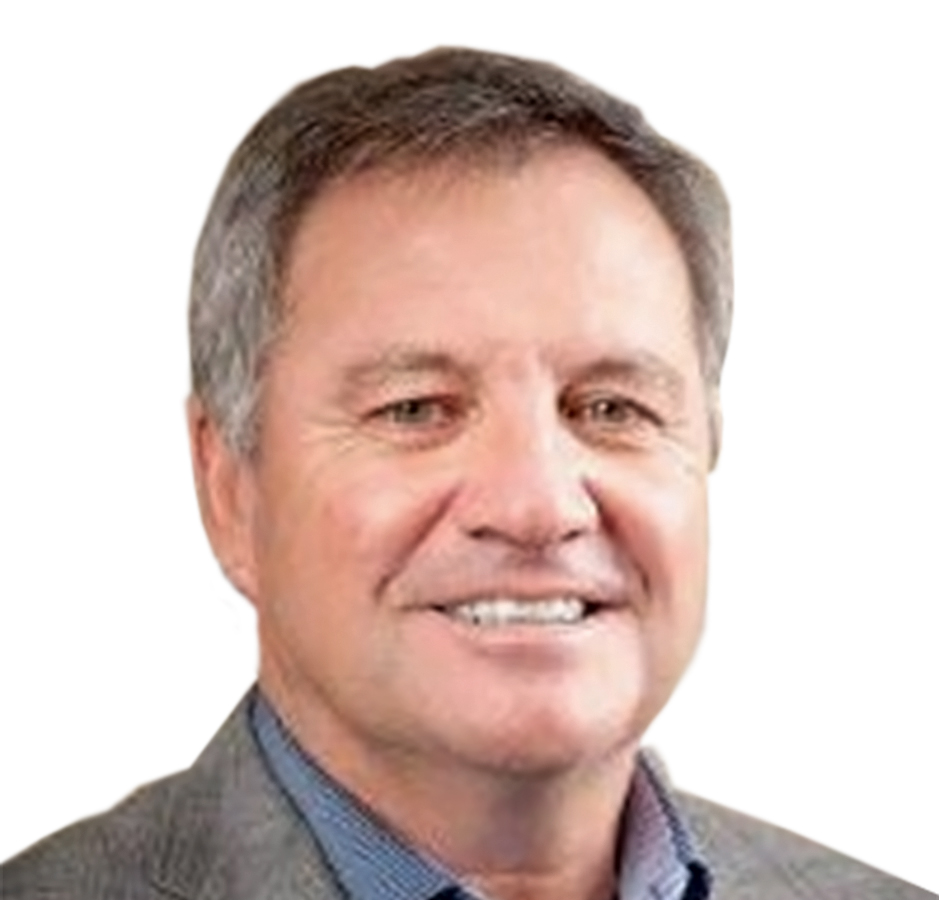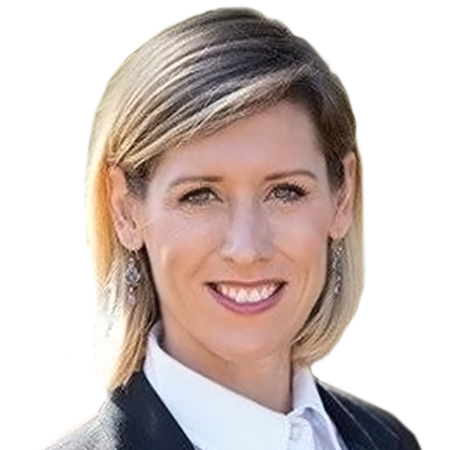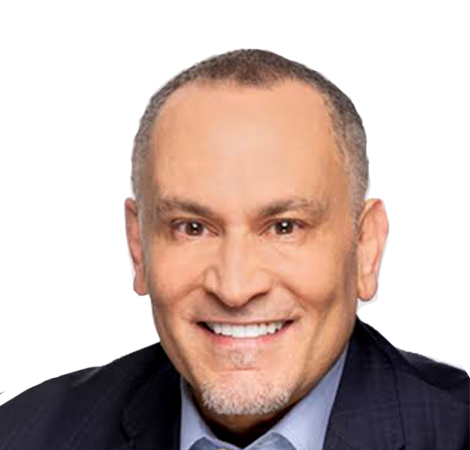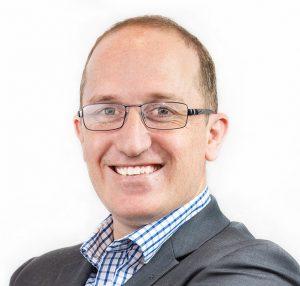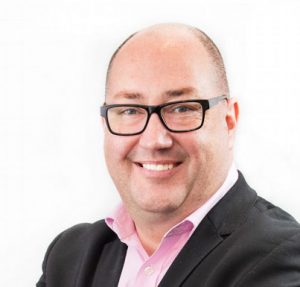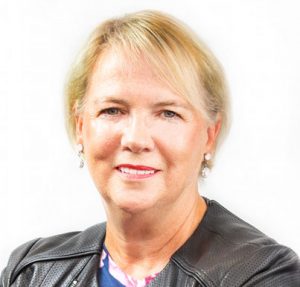Dr Stefan Harrer joined the Digital Health CRC last month as our new Chief Innovation Officer – or CINO. In this role, his focus is on identifying new technologies, strategies and opportunities, and translating significant research in digital health into real-world outcomes.
“The backbone of what I do, is bridging that gap from a good idea in the lab, to a system that changes something in the real world,” he explains.
He says that Australia has a ‘super-thriving’ research landscape – but there are real gaps in translating that research into commercialisable solutions, and he’s delighted to join the DHCRC to help make that happen.
“What can be more fulfilling than fighting disease with the most disruptive technologies of our times?” says Stefan, who has been leading and implementing research in digital health over a decade.
Stefan’s undergraduate qualifications combine degrees in electrical engineering, computer science and technology management from TU Munich with research done as part of a Center for Digital Technology and Management (CDTM) research fellowship in quantum physics and macroeconomics at the University of California Berkeley. While completing his EECS PhD at TU Munich, he was awarded a Karl Chang Innovation Grant by the Massachusetts Institute of Technology (MIT) and spent one and a half years as a graduate student in the Quantum Nanostructures and Nanofabrication Group as part of MIT’s Research Laboratory of Electronics.
Joining IBM Research in 2008, Stefan worked across biotechnology, nanotechnology, healthcare analytics and artificial intelligence at IBM Research at Albany Nanotech, the IBM T.J. Watson Research Center in New York and at IBM Research Australia in Melbourne.
He has since authored and co-authored over 50 technical publications and holds 61 issued and over 50 pending patents. These include his very first patent which he was issued as a graduate student for a device to ‘potato print’ complex circuits onto silicon chips, close to 20 patents on chip-based DNA sequencing technologies which he produced as a surface chemist on IBM’s and Roche 454’s “DNA Transistor” project, and a landmark patent on the use of artificial intelligence technology for automatic detection and prediction of epileptic seizure patterns in brain activity data.
“I still have my very first patent framed above my desk,” he says.
Stefan was named IBM Master Inventor twice in 2017 and 2020 and elected into IBM’s Academy of Technology in 2018.
“I’ve always aimed to get the best of both worlds, with one foot deep in the research trenches, and the other in the real world, translating the research into systems that can actually be used not just be written about,” he says.
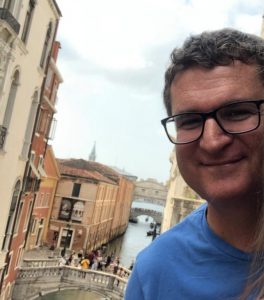 Stefan moved to Melbourne in 2011 to build up the IBM Research Australia lab to work on a range of programs in biomedical engineering, artificial intelligence and healthcare analytics. In 2015, he founded IBM’s Brain-Inspired Computing Research program spearheading an effort to develop AI technology for improved monitoring, diagnosing, treating and managing neurological diseases.
Stefan moved to Melbourne in 2011 to build up the IBM Research Australia lab to work on a range of programs in biomedical engineering, artificial intelligence and healthcare analytics. In 2015, he founded IBM’s Brain-Inspired Computing Research program spearheading an effort to develop AI technology for improved monitoring, diagnosing, treating and managing neurological diseases.
As IBM Senior Technical Staff Member and IBM’s Global Lead of Epilepsy Research, he grew the program to span six global IBM Research Labs and numerous medical partners, and is recognised for his thought-leadership in the use of AI to design more efficient clinical trials.
One of the most significant outcomes of the program is research that was recently published in The Lancet’s EBiomedicine journal, describing the use of Artificial Intelligence to improve the diagnosis of epilepsy, laying the foundation for clinicians to develop more accurate, personalised and precise treatment plans for epilepsy patients.
Around 250,000 Australians are currently diagnosed with epilepsy – but medication is only effective in about two-thirds of patients. “Logging seizures in disease diaries plays an important role in managing the condition – but can be difficult to do accurately,” says Stefan. “AI and brain monitoring could provide more efficient tracking solutions.”
Stefan’s extensive experience with Artificial Intelligence includes practical, hands-on experience in researching and advocating for ethical and responsible use of AI and neuroscience. He says that essential principles for integrating AI technology into real world systems are “transparency, explainability, accountability, privacy and robustness”.
Born and raised in Germany, near Munich, Stefan spent much of his adult life in the USA before moving to Australia. His wife Sarah is an entrepreneur in hospitality and event management. His eldest son was born in New York and his younger son was born in Melbourne. His family love being outdoors and travelling the world and are all keen mountain-bikers – and if you happen to stroll through Melbourne’s bayside suburbs on a Saturday morning, you might hear them play the ukulele, piano and guitar together on their front porch.
Since 2018, Stefan has been an Adjunct Professor at the University of Technology in Sydney in the Faculty of Engineering and Information Technology, where he contributes to the Professional Advisory Board.
“I help the Faculty shape their curriculum to cater to industry needs, and help their graduates improve their employment opportunities,” he says.
He’s excited about working through the DHCRC with universities, governments and industries where he sees a need to bridge gaps between ideas and commercial impact.
“There is a strong opportunity here to bring real change and to create a strategically focused, high performing technology translation and innovation commercialisation machine,” he says.
“I can’t wait to connect brilliant researchers, engineers, data scientists, inventors and founders with visionary industrial leaders and medical institutions to create digital health ventures that collaboratively will solve some of the most pressing challenges in healthcare,” he says.
“Smartly connecting key stakeholders in this complex ecosystem and enabling them to do something together which they would not have been able to do by themselves is what this is all about – I can’t wait to get started.”

